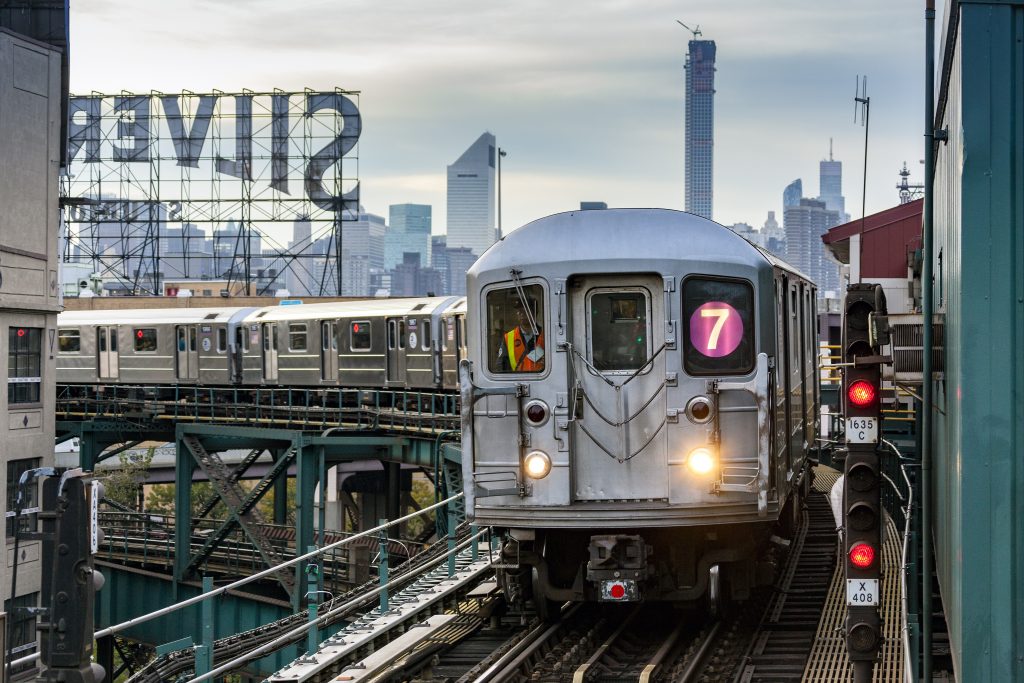
iStock
Feb. 19, 2020 By Kristen Torres
The MTA said on-time performance rates for city subways in January approached a record high.
Weekday subway on-time performance was around 83 percent last month—the highest of any January since 2013, the agency reported.
There were just 29 major weekday incidents that caused delays throughout the month—a 44 percent improvement from last year.
The MTA
Major incidents that cause disruptions in train times–such a mechanical problems–dramatically decreased to the lowest monthly figure since record keeping began five years ago, according to officials.
Trains were able to travel for longer distances before running into a mechanical problem during commutes, meaning faster trip times for customers and more reliable service.
MTA data also showed a continued trend of faster trip times—rush hour trains were faster this January on nearly every line in the system.
“Our operating statistics continue to show significant improvement, meaning customers’ trips are faster, more reliable, and less likely to be delayed,” said Sally Librera, MTA Senior Vice President for Subways.
“We are encouraged by our progress, but know we have more to do,” she added.
The Metro-North and Long Island Railroads also experienced record breaking on-time performances in January, according to the MTA.
Metro-North’s on-time performance rose to 97 percent in January—1.5 percent better than the year prior. Ridership on the Metro-North also increased, with nearly 7 million riders last month.
The LIRR’s on-time performance also reached record highs, with 93 percent of trains operating on time. The LIRR also saw its lowest amount of cancelled trains—down to 42 cancellations compared to 65 in January 2019.
“These numbers show the railroad’s efforts under LIRR Forward to aggressively improve our infrastructure,” said Phil Eng, President of the LIRR.
“We are putting ourselves in a stronger position to provide a safe and more reliable trip for our riders.”
One Comment

Long Island Rail Road President Phil Eng announcing that his on-time performance for train arrivals are the best in three years was far from credible, when you look at the criteria used for his assumptions. Here is what he neglected to mention. What about all the canceled and combined trains due to periodic power outages, signal, broken rail and other problems? This results in overcrowding and standing in the aisles. Claiming that on time performance is improving was misleading. Any train arriving within 600 feet of a Penn Station Platform or other final destinations within 5 minutes and 59 seconds is considered “on time.” For many LIRR commuters who have to arrive at work on time, their bosses would not be happy. The LIRR definition of “On Time” is like a teacher giving students a passing grade by rigging the results.
(Larry Penner is a transportation historian, advocate and writer who previously worked 31 years for the Federal Transit Administration Region 2 NY Office. This included the development, review, approval and oversight for grants supporting billions in capital projects and programs on behalf of the MTA Long Island Rail Road and 30 other transit agencies in NY & NJ)..